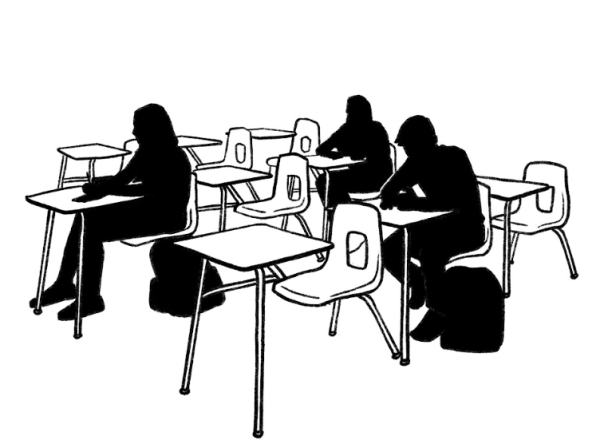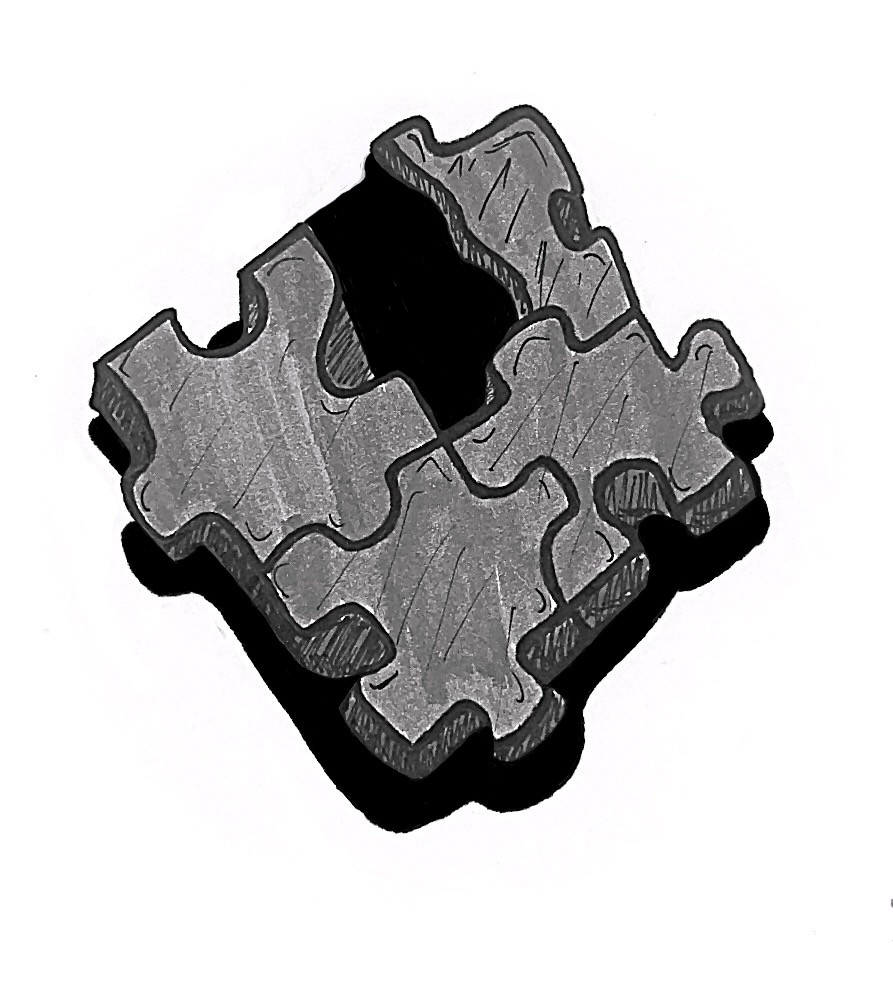Have you received one of the district emails informing you of the recent focus on implementing the attendance policy this year? Did you read that one line declaring that five or more unexcused absences from one instructional period, including SMART or all class periods, would classify you as a truant, followed by intervention protocol?
Following the January Bark survey, 43 percent of recipients somewhat or flat out disagreed with a second line from an email on the attendance policy, stating that even excused absences, starting at nine, would be enough to qualify as a means of being contacted by a school official.
You may ask yourself, ‘What is happening?’ What are these ‘new’ strict rules accompanied by punishments with a ‘mere’ email as a warning? Furthermore, will executing these policies widespread through emails that can pile within a crowded inbox be the right way to achieve the goal of correcting an epidemic of continuous chronic absenteeism that dates back to pre-pandemic years?
Attendance is vital for student success, as it is required by law, and, most importantly, absenteeism can negatively impact students’ studies.
As referenced in one of the sent-out district emails, chronic absenteeism was explained as missing 10 or more days within a school year or ¨missing a school day every month.¨ Moreover, the more intense use of truancy is defined as unexcused absenteeism for five or more instructional periods. This protocol follows the guidelines the California Department of Education has implemented since Jan. 1, 2013, and more specifically, to the Tamalpais Union School District 2023-24 Handbook.
In the grand scheme, recent attention to chronic absenteeism has been echoing amongst many California schools suffering to obtain total attendance. Many view this time in history as a pivotal moment following the COVID-19 pandemic. In fact, according to the California School Board Association, the average chronic absence rate for students during the assumed remedying period of COVID-19 and hybrid learning times, 2020-21, was 14.3 percent. This number has only grown to an all-time high, reaching more than double the pre-pandemic rate in the 2021-22 school year, with up to roughly 30 percent chronically absent.
Even though the administration and newly hired Dean of Student Success, Tyrone Robinson Jr., have abided by California law and the district handbook to manage the attendance issue, more explicit, specific measures must be taken. In other words, it is essential to follow Hough’s words and take auxiliary action on top of what is required to remedy this significant problem because Redwood has struggled with absenteeism since before it became a state-wide issue.
As proof, despite seeing a steady increase in absenteeism following the pandemic, the problem is nothing short of a continuity. According to School Digger, an online website that reports on different school statistics, from 2017 to 2019, Redwood’s pre-pandemic chronic absence average rate from the combined years was 8.5 percent, with 2018 having the highest rate of 10.7 percent. Furthermore, from 2022 to 2023, the rate has steadily increased from 9.6 percent to 11.6 percent. Considering these data points, there must be more visible proponents of the overlooked importance of attendance and the attendance policy than caution emails mirroring the primary policies in the district handbook or linking a SMART expectations Google Document that briefly covered attendance.
Though the administration has taken more action than in previous years, showing that new efforts are being considered, further reinvigorated action must be taken. For instance, education and school-specific action about these basic policies are needed. A school-wide education webinar to educate

students about the importance of attendance, which could be done simply through grade-level meetings that occasionally occur in the gym, would be impactful. Even implementing a self-report survey considering the student body, which would allow students to share their possible experiences with absenteeism or truancy and what outlined guidelines should include, would be efficacious.
Furthermore, crafting a personal guide on treating absenteeism could build upon the template of the recent SMART guideline but stress how specific approaches to absenteeism will be taken. However, it must be printed and published to be accessible. For instance, another school in the Tamalpais Union High School District, Tamalpais High School, has a personal attendance policy document on its website. One outlined rule states that students with three or more tardies or unverified period absences in a week will have a mandatory lunch or after-school detention.
With all considered, Redwood should utilize its autonomy and shed its classic approach of aiding attendance, by drawing inspiration from within to develop an efficient absenteeism guideline in agreement with what is outlined by law and the handbook that can be easily accessible.






